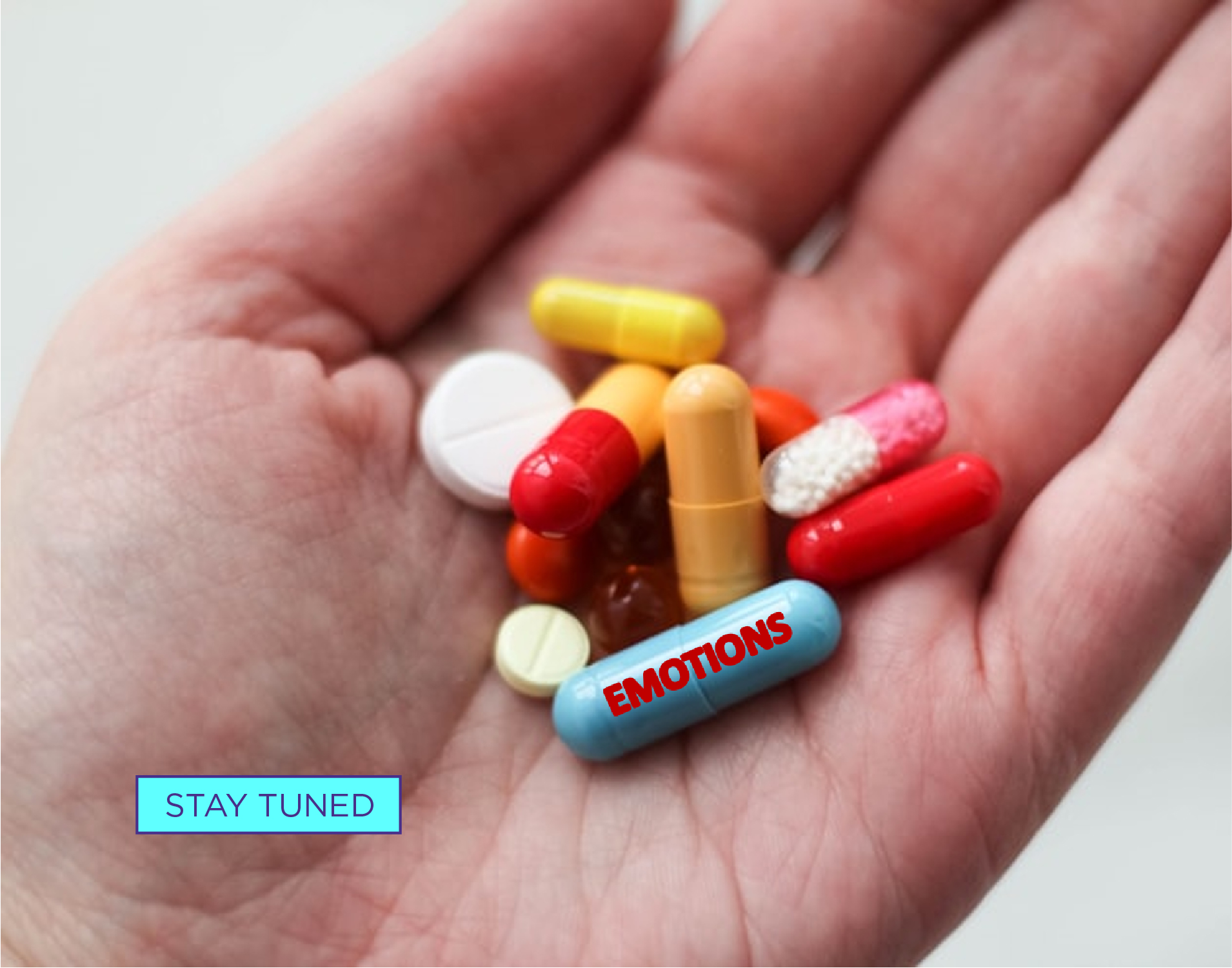On June 15, 2021, architect Davide Ruzzon will attend the seventh edition of the European Healthcare Design 2021 Congress (EHD2021) and the COVID-19 Global Summit, organized by SALUS Global Knowledge Exchange and Architects for Health.
The interventions, which will take place virtually over three days (14-17 June), will see a large crowd of architects, physicians, scientists, members of international academic institutions and experts in the health and design sectors, discussing the planning and redevelopment of hospitals and in general of healthcare spaces.
Tuned responsible, Davide Ruzzon, will contribute to the debate with an interesting speech entitled “Emotions drive healing: how healthcare design could use emotion-based environments to support
the healing process”, which will touch on the following:
ossimo 15 giugno 2021 l’architetto Davide Ruzzon, direttore di TUNED, divisione di Lombardini22 presenzierà alla settima edizione del Congresso European Healtcare Design 2021 (EHD2021) e del COVID-19 Global Summit, organizzati da SALUS Global Knowledge Exchange e da Architects for Health.
Basic triggers of the healing process
A large amount of evidence now supports the ancient intuition according to which some factors, into and around the place devoted to healing, can enhance the human physiological conditions. Into the perimeter of a healthcare structure, staff as patients gain many advantages from vegetation, indoor or restorative views, and appropriately dosed natural light to exploit circadian neurotransmitter releases.
Acoustically well-designed spaces can clarify a perception, reducing mental fatigue, while variations on materials, with different acoustic wavelength absorption, produce an atmospheric variation reducing the stress raising from serial-boring perceptions. Colours, similarly, have many ways to modulate physiological reactions. Not least, the presence of supportive units for staff, and caregivers, relatives, and patients, can produce a more pro-social dimension, less institutional, with an essential correlate in the staff-patient relationships and at the end of the recovery and healing processes.
These acquisitions are significant but maybe they are grounded in insufficient exploitation of architecture richness. According to this approach, it seems design should only produce emotional responses focused on deactivation, with positive valence. It seems architecture has to relax users, calm heart and breath rates, and all the homeostatic values. What now seems important is that
people in hospitals do not search only for relaxing settings; but a diverse profile of users search for more complex and variegated feelings, along with their daily experiences.
Attuned to bodily feelings expectations
The healing place’s design has to recognise the full range of expected emotions, among all the profiles navigating the indoor/outdoor areas. Rooms can span activated and relaxed scenarios, ranging from reviving to calming moments. Researchers demonstrated patterns of body-space interaction, namely primitive kinematics. These bodily gestures, translated through the design, and producing the proper affordances, enact physiological responses. In this way, we can take care of the needs with fine-tuning,
harmonising the diverse expectations with a more responsive environment.
How architectural shapes infer emotions
Within the Department of Neuroscience of National Council of Research, in Parma, we developed the first research degree to detect how the shape of the perceived environment can modulate emotions, from activation to deactivation.
Incongruent encounters, between expected emotions and emotions elicited by the environment, create increasing stress levels.
This conflict requests the recalibration of our implicit model of interaction with the world. A healing complex has to manage this step attentively to fuel its task.

